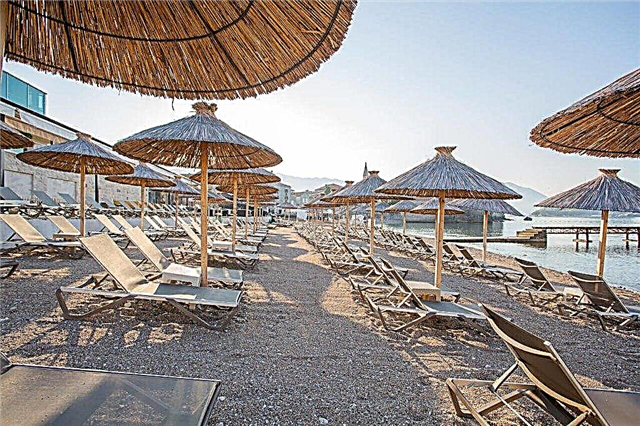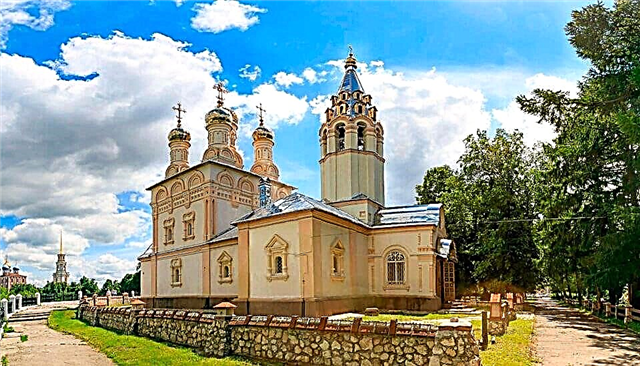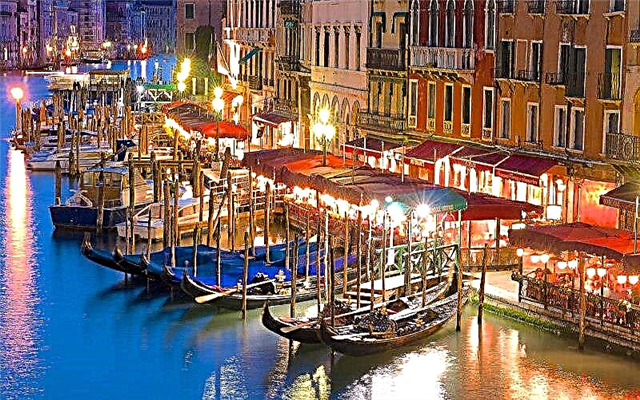Today Venice, located on 119 islets and surrounded by 150 canals, can be called a monument of history, architecture, art and culture. Its charm is so great that having visited it once, you can "fall ill" with a Venetian fairy tale for life. The uniqueness of travel through the "city on the water" is also in the fact that you can move either on foot or along the canals. Riding on narrow sidewalks, even on a bicycle, is difficult, and every year, unfortunately, this is more and more noticeable (according to the observations of scientists, the water level here is constantly rising, in connection with which projects are already being developed to save the Italian pearl).
Venice water transport

The only city in the world where public transport runs only by water is Venice. You can walk along it, but for this you have to live here. The best way to view its splendid masterpieces is to travel through the canals. There are 3 types of Venetian transport: taxis, gondolas and vaporetto.
Having approached Venice by bus or car, everyone goes to the landing stage, located on the banks of the canals. They (berths) are usually painted white with a bright yellow stripe on which the name of the stop is indicated in black, and are equipped with 2 gangways. One is intended for entering the ship, the second for exiting it.
Venice: Skip-the-Line St Mark's Cathedral Ticket
Opera La Fenice: skip-the-line ticket with audio guide
Short boat trip to Murano, Torcello and Burano
Venice: Shared Gondola Ride
Taxis are quite expensive, the gondola is more suitable for a short romantic trip, and the vaporetto is the most common form of transportation. This beautiful word denotes a river tram or motor ship running with numerous stops along an extensive system of canal streets. "Vaporetto" literally translates as "steamer", and although all these single-deck vessels have long been working for a long time, the old name stuck to them.
Small, medium and large vessels are used depending on the specifics of the route. Where there are bridges, lower vaporettos float. For tourists, the cost of travel on motor ships is higher than for locals, but the experience of the trip compensates for all the costs. 22 vaporetto routes have been developed, providing the opportunity for travelers to see all the significant objects of the city and visit the popular islands.
Venice Water Bus Route Lines

The 1st line, running along the central Grand Canal, connects Piazzale Roma, where tourists arrive by buses and cars, with Piazza San Marco. Water transport of the 1st line is on the way, taking into account stops 45 minutes, reaching the final destination - the beach island of Lido. This central route takes you to the hotels, admiring the splendor of the Venetian buildings along the way; if you wish, make a stop and continue the trip further to the desired place.
Line 2 vaporettos also run along the Grand Canal, they are convenient to use the train arriving in Venice at the Venice railway station, next to which there is a pontoon ferry, where you can take water transport at the Ferrovia stop. From it to the terminal station of the river tram takes 25 minutes, stopping at the 8 largest crowded points; during the beach season, it sails to the beaches of Lido.
Following the 2nd line, you can get off at all berths from Tronchetto to about. Giudecca. Sometimes, during the hours of heavy traffic on the Grand Canal, a real multinational carnival of tourists sailing in vaporettos, gondolas and taxis is spontaneously organized, a kind of holiday for those who have found the opportunity to come to a unique city that, like Aphrodite, rises among the water.

Line 3 of the water route provides trips to the famous island of Murano, starting at the railway station, along it you can swim to Piazzale Roma and the bus station located on it, and then go around the island with 5 stops. For those seeking Murano, Line 3 is the most convenient route around the city, where there is no heavy traffic and congestion, which happens on the main canal.
The water lines 4.1 and 4.2 in total make up a circular route around the adjacent islands of Murano and San Michele, where the Island Cemetery is located on the latter. Motor ships of line 4.1 move in one direction (clockwise) around the mainland, and line 4.2 - in the other (counterclockwise) Total stops of the circular route 9. If necessary, there is an option from the north of Venice (Fondamento Nove) to the south (about. Giudecca) sail along the other branches of the central canals, bypassing the Grand. Lines 5,1, 5,2, 6,3 also connect the mainland with the islands of Lido and Murano. There is a night line N following the same route.

The Lagoon special ring line runs along the lagoon, linking its islands and Venice to them. On its branches 11, 13, 17, 18, 20, N you can swim to the islands of Burano, Tocello, C. Frasmo and 6 other islands.
Line 12 connects the starting stop of Fondamenta Nove with three island territories: Murano, Burano, Torcello, with a sailing duration of 50 minutes. The longest way from about. Murano to about. Burano - 35 minutes. You can walk to the starting stop or take the vaporetto lines 4.1, 4.2. If you go on foot, the path will run through one of the 6 districts of Venice-Cannaregio, which houses the former Jewish ghetto, which is now a museum.
The beautiful Church of Santa Marie di Nazareth, dedicated to the Catholic Mother of God, is located in a quiet and peaceful corner. Here you will also have the opportunity to see another church of Madonna dell Orto, which houses the tomb of Tintoretto (the real name of the artist Jacopo Robusti).

Cannaregio has a beautiful "Golden House" or the Palace of Santa Sofia, which in Italian sounds like Ca de Oro. This building is the embodiment of the graceful beauty of architecture, which is created by thin graceful columns, connected from above by an openwork stucco pattern. The house was built in the 15th century by Bon's father and son. As a result of repeated reconstructions, the palace lost its original features, but the reconstruction carried out by the new owner - Baron Gheorgo Franchetti in 1894, returned the building to its former historical appearance.
Probably, many people know the name "Murano glass", which has its origin just on about. Murano, where the factories of the famous Venetian "products" are located. Many tourists come here who are interested in the technology of blowing masterpieces from multi-colored glass to buy some glass work of art for themselves. Each of the 4 small factories has its own shop selling authentic Murano products: vases, jugs, trays, dishes, various souvenirs.

The route of the 14th line leads to the island beaches of Lida; you can take the vaporetto of this line at the stop of San Zaccaria. After stopping at about. Lido, the vaporetto swims up to Punta Sabbioni, which is known as a wild beach. People come here with tents and other equipment for sea recreation.
Vaporetto ticket prices
The cost of travel on water buses is inversely proportional to the time: the longer the time interval, the lower the cost of tickets. A 60-minute trip costs 6.5-7 euros, and a 12-hour trip costs 18. If you plan to spend 2-3 days in Venice with full-fledged excursions, then it is more profitable to buy a ticket for 25 euros. In this case, a Travel Card is issued, which ensures unhindered access to any vaporetto on any line, which will greatly facilitate travel, in addition to tangible savings. All emerging questions, problems will be promptly resolved by the person on duty at each stop.

Trips along the waterways of Venice are joyful emotions and impressions that leave an unforgettable mark on the soul.











